Smart home technology has come a long way in recent years, with a plethora of devices and gadgets that are revolutionizing the way we live. From voice-activated assistants to automated lighting and heating systems, smart home technology is changing the way we interact with our homes, making them more efficient, comfortable, and convenient than ever before.
In this article, we will explore the rise of smart homes and how technology is changing the way we live. We will delve into the various technologies that make up the smart home ecosystem, and the benefits and drawbacks of this increasingly popular trend.
Introduction
Smart home technology is transforming the way we interact with our homes. With the rise of the Internet of Things (IoT) and the widespread availability of affordable, connected devices, the smart home market is booming. According to a report by Grand View Research, the global smart home market size was valued at USD 79.13 billion in 2020 and is expected to grow at a compound annual growth rate (CAGR) of 13.6% from 2021 to 2028.
The concept of a smart home is not new. In fact, the first home automation system, called ECHO IV, was developed in 1966 by Jim Sutherland. However, it was not until the advent of affordable, internet-connected devices and the widespread adoption of smartphones that the smart home trend really took off.
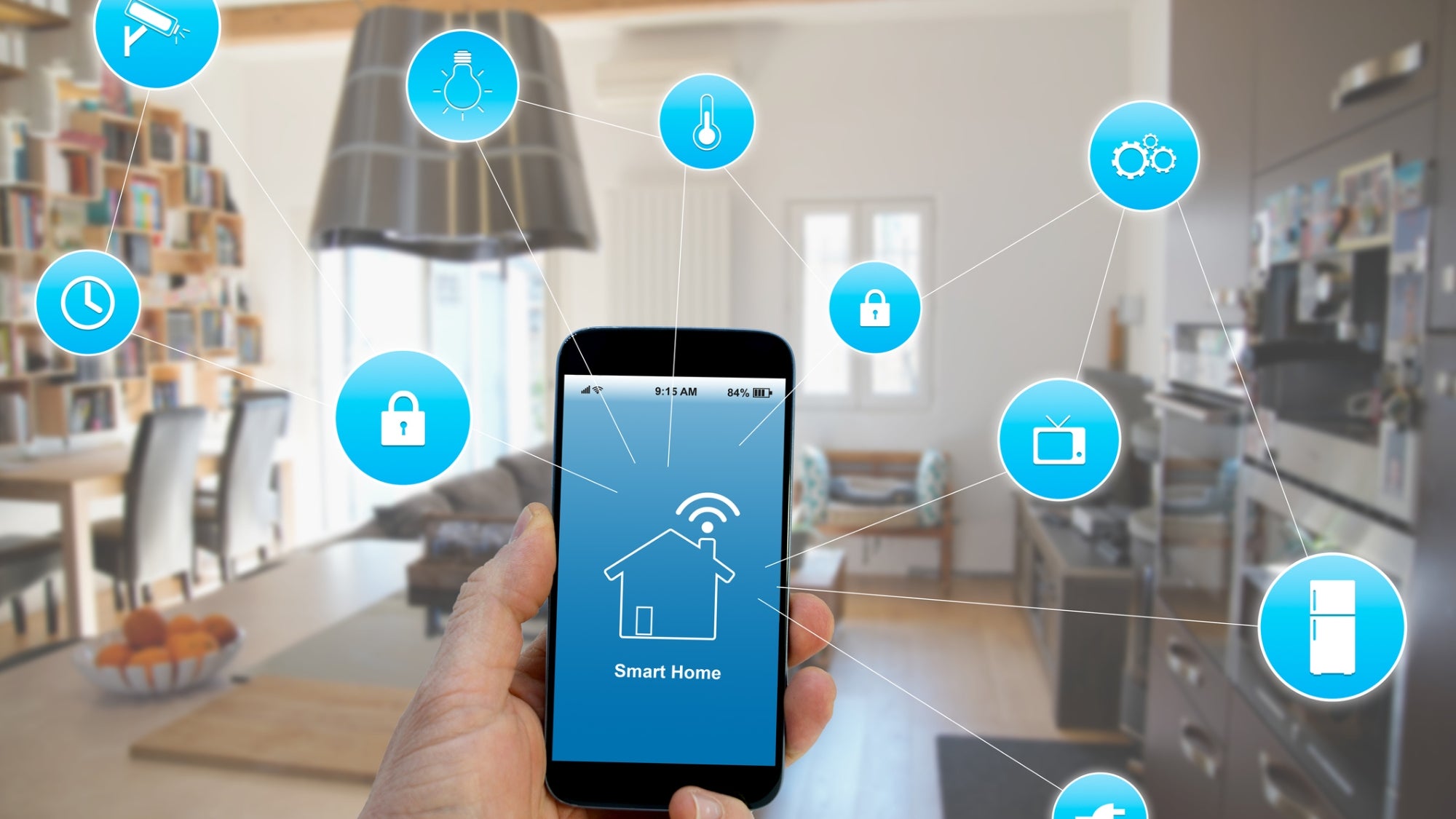
What is a Smart Home?
A smart home is a residence that uses internet-connected devices to remotely monitor and manage various systems and appliances. These devices can be controlled via a mobile app or voice command, allowing homeowners to control their home’s lighting, heating, cooling, security, and entertainment systems from anywhere in the world.
The key to a smart home is integration. Smart devices and systems need to work together seamlessly, allowing users to automate various functions and create customized scenes that suit their needs and preferences. For example, a user might create a “movie night” scene that dims the lights, turns on the TV, and sets the temperature to a comfortable level.

The Benefits of Smart Homes
There are many benefits to living in a smart home. Here are just a few:
Convenience and Comfort
Smart home technology makes it easy to manage various systems and appliances from a single device, whether it’s a smartphone, tablet, or voice-activated assistant. This convenience and ease of use can make everyday tasks more enjoyable and less stressful.
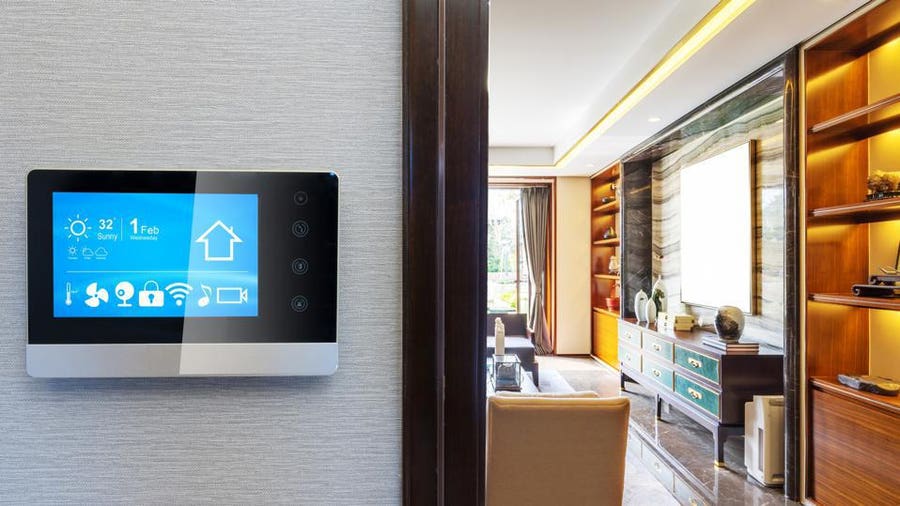
Energy Efficiency
Smart home technology can help homeowners save money on their energy bills by automatically adjusting lighting and temperature settings based on usage patterns and time of day. For example, a smart thermostat can learn a user’s schedule and adjust the temperature accordingly, reducing energy waste and saving money.

Improved Security
Smart home security systems can provide an added layer of protection for homeowners, with features like motion detection, live video feeds, and remote monitoring. These systems can also be integrated with other smart devices, such as lighting and door locks, to create a comprehensive security solution.
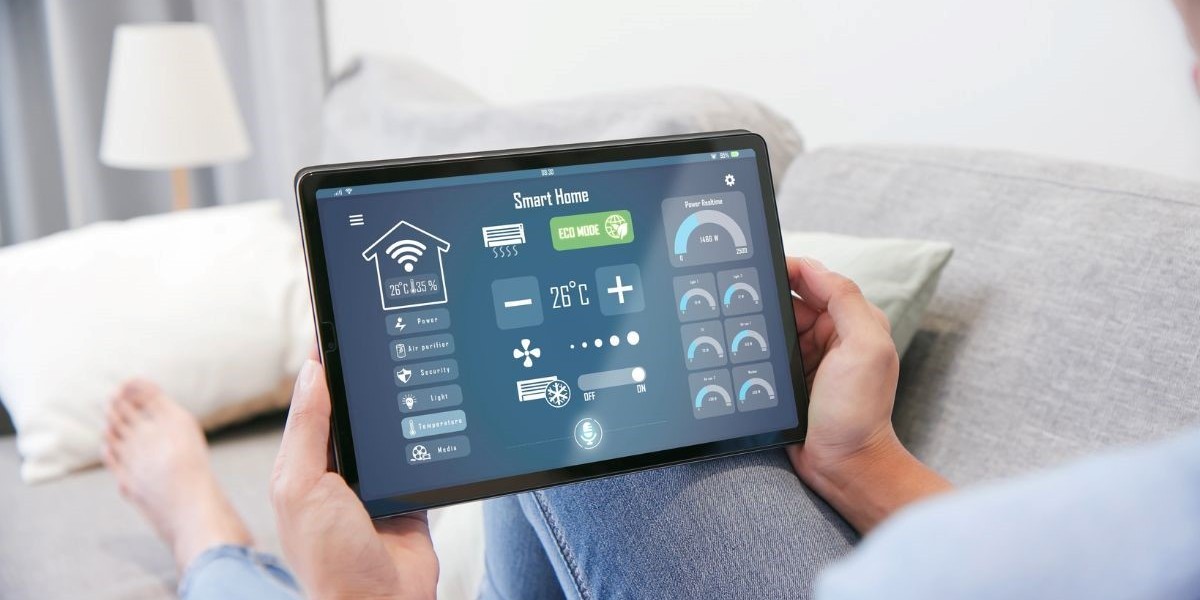
Smart Home Technology: Devices and Systems
There are many different devices and systems that make up the smart home ecosystem. Here are just a few of the most popular:
Voice-Activated Assistants
Voice-activated assistants, such as Amazon’s Alexa, Google Assistant, and Apple’s Siri, are one of the most popular smart home devices. These assistants can be used to control various systems and appliances, such as lighting, heating, and entertainment systems, using voice commands. They can also be used to set reminders, make phone calls, and answer questions.

Smart Lighting Systems
Smart lighting systems, such as Philips Hue and LIFX, allow users to control their home’s lighting from a mobile app or voice command. These systems can be used to create customized lighting scenes, adjust the brightness and color of lights, and set timers and schedules.
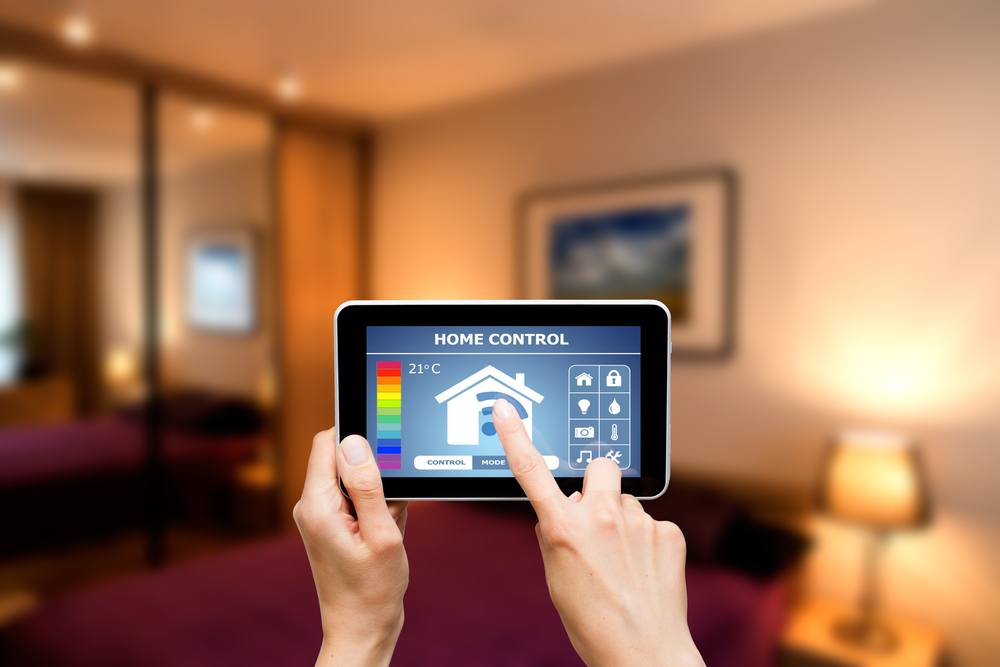
Smart Heating and Cooling Systems
Smart thermostats, such as Nest and Ecobee, can learn a user’s preferences and adjust the temperature accordingly, reducing energy waste and saving money on heating and cooling bills. These systems can also be controlled via a mobile app or voice command.
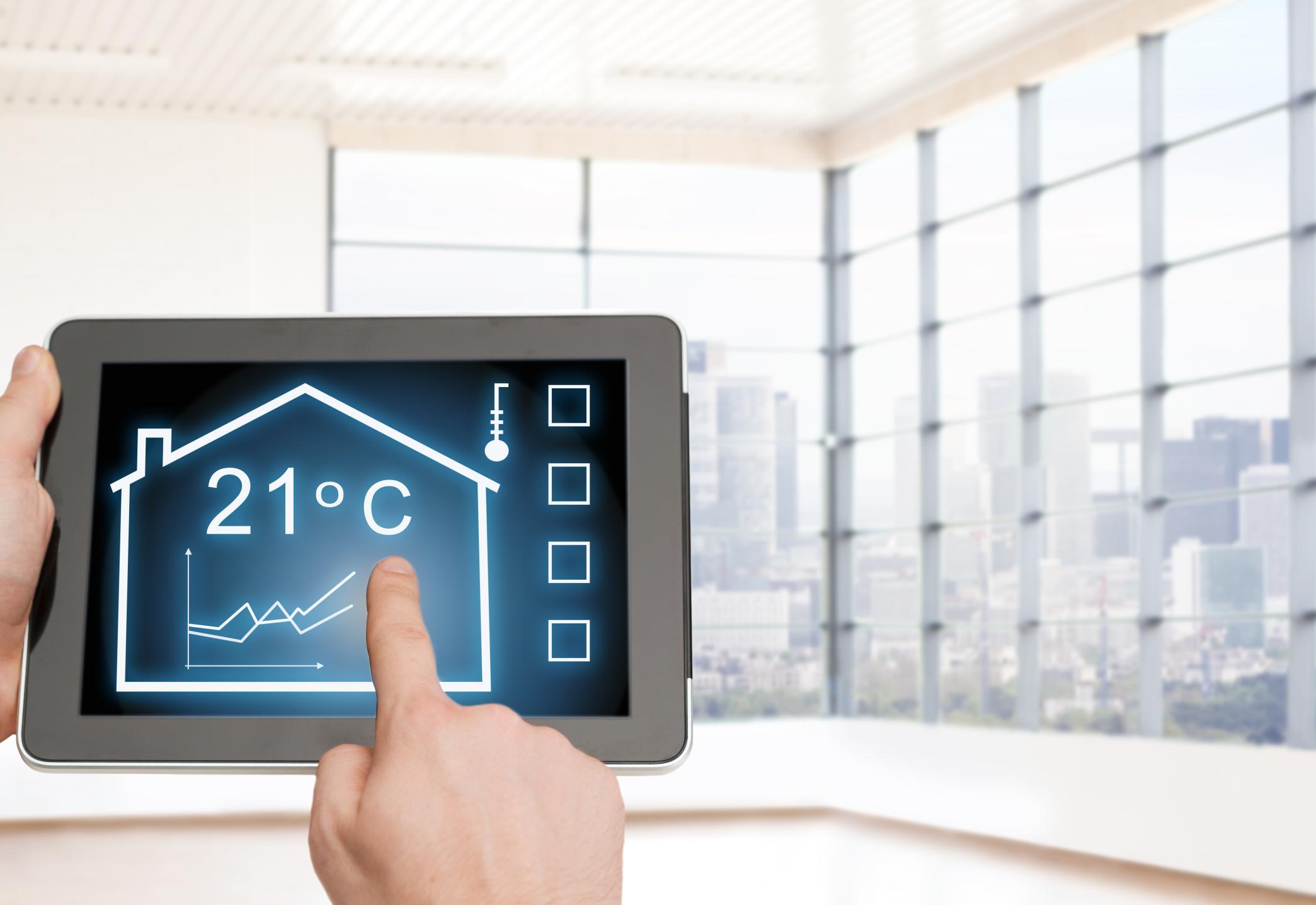
Smart Security Systems
Smart security systems, such as Ring and Nest, provide homeowners with added security features, such as motion detection, live video feeds, and remote monitoring. These systems can also be integrated with other smart devices, such as lighting and door locks, to create a comprehensive security solution.

Challenges of Smart Home Technology
While there are many benefits to living in a smart home, there are also some challenges and drawbacks. Here are a few of the most common:
Privacy and Security Concerns
One of the biggest concerns with smart home technology is privacy and security. Connected devices and systems can be vulnerable to hacking and data breaches, which can lead to sensitive information being compromised. It is important for homeowners to take steps to secure their smart home systems, such as using strong passwords and keeping software up to date.

Compatibility Issues
With so many different devices and systems available, compatibility can be an issue. Not all devices and systems are compatible with each other, which can make it difficult to create a seamless smart home experience. It is important for homeowners to research and choose devices and systems that are compatible with each other.

Cost and Maintenance
Smart home technology can be expensive, with devices and systems ranging from a few dollars to several hundred dollars. In addition, these devices and systems require regular maintenance and software updates to ensure they continue to function properly.
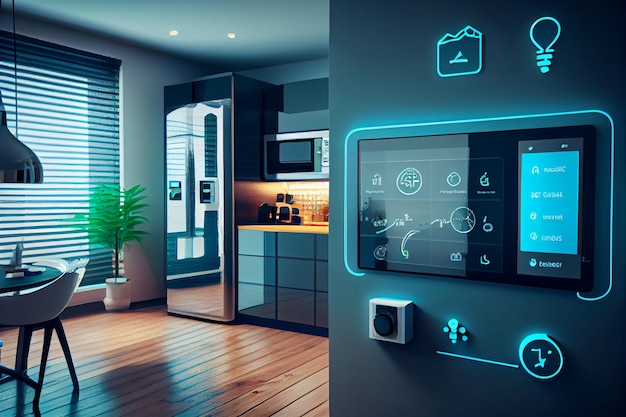
The Future of Smart Homes
The smart home market is expected to continue to grow in the coming years, with new devices and systems being developed and released regularly. As technology improves and becomes more affordable, it is likely that more homeowners will adopt smart home technology.
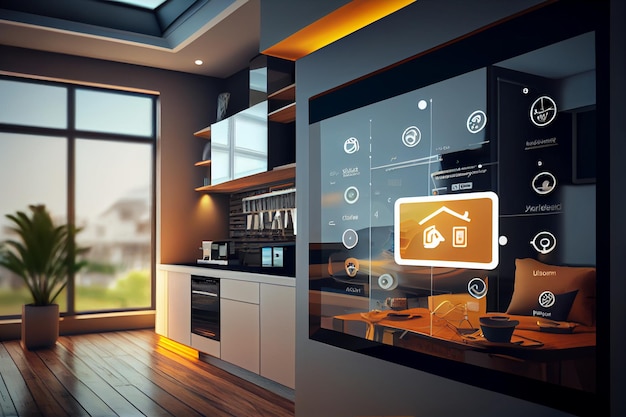
Conclusion
The rise of smart homes has brought about a revolution in the way we live our lives. Smart home technology has made our homes more efficient, comfortable, and convenient, allowing us to control various systems and appliances using our smartphones, tablets, or voice-activated assistants.
While there are certainly challenges and concerns with smart home technology, such as privacy and security issues, compatibility issues, and cost and maintenance, the benefits outweigh the drawbacks for many homeowners. The convenience and comfort that smart homes provide are unmatched, and the potential for energy savings and improved security is significant.
As the smart home market continues to grow and evolve, we can expect to see even more exciting innovations in the future. With the increasing popularity of connected devices and the Internet of Things, the possibilities for smart home technology are endless.
In the end, it is up to each individual homeowner to decide whether or not smart home technology is right for them. By staying informed and making informed decisions about the devices and systems they choose to use, homeowners can enjoy all the benefits of smart homes while minimizing any potential risks or drawbacks.







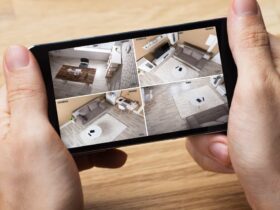

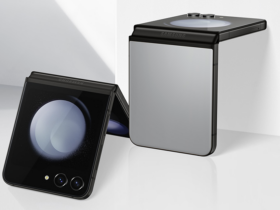





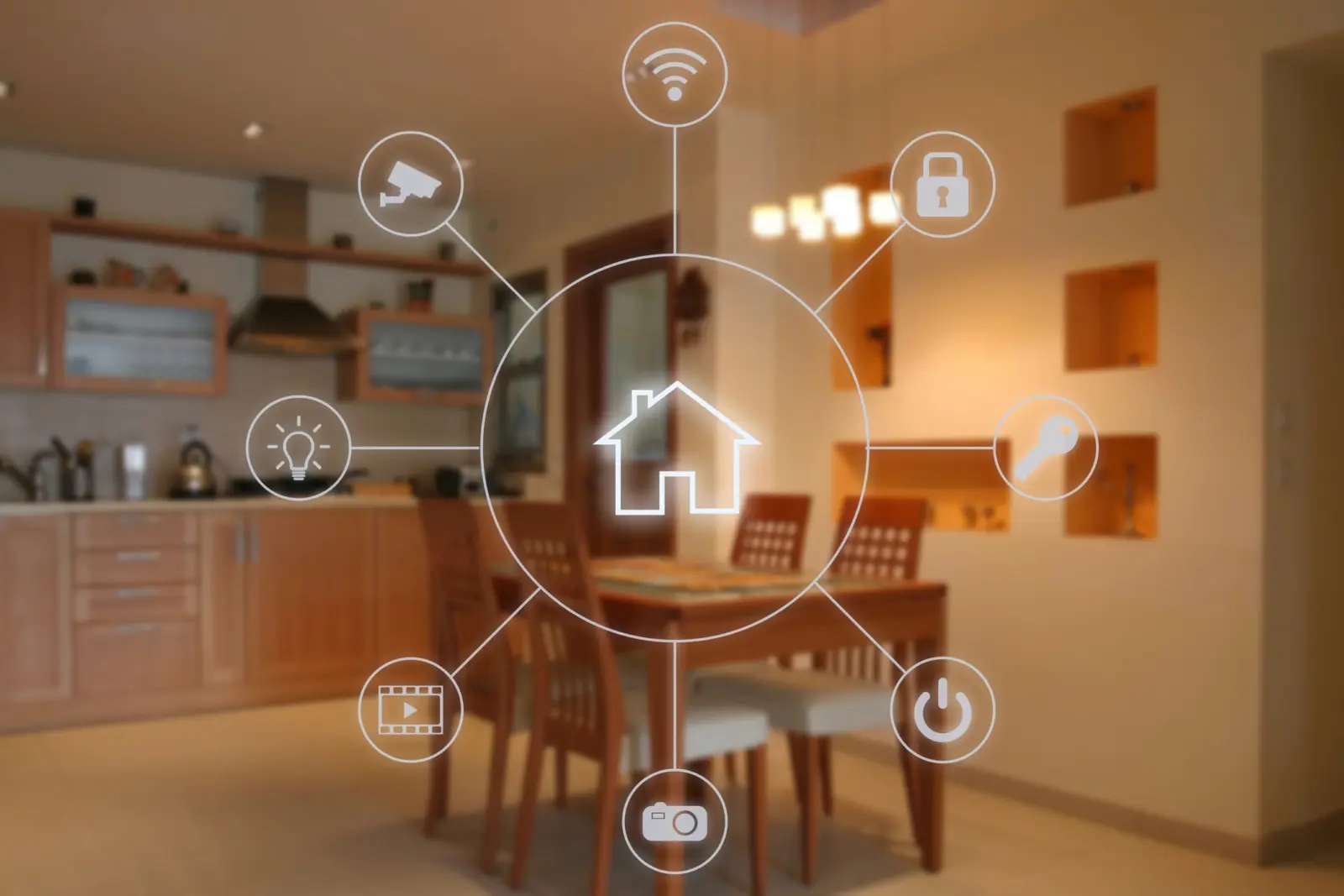





Leave a Reply